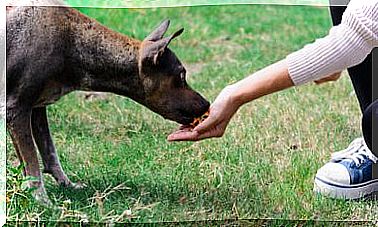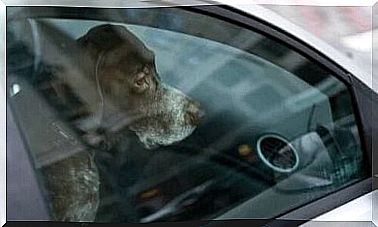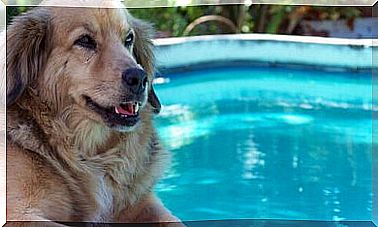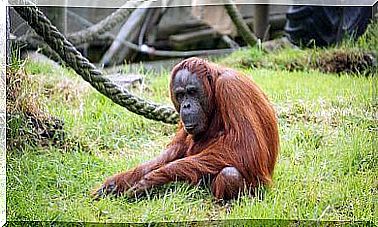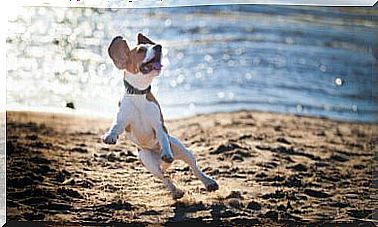The Most Elegant Of Horses: The Andalusian
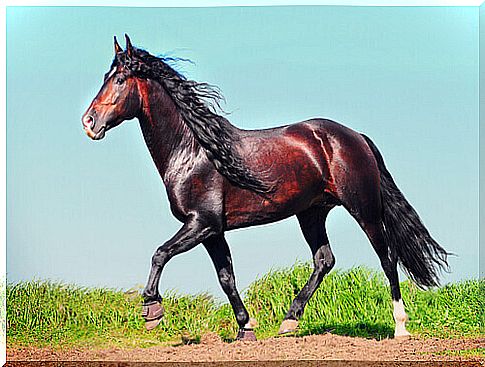
With an elegant trot and gentle gallop, the Andalusian is a horse with a bright coat. The most common color is gray, but bay, black and roan also appear. Its origins date back to the 15th century. Bred by the monks of the monasteries of Seville and Jerez, the breed was then influenced by the crosses with the horses of the invading armies during the Muslim domination.
The Andalusian horse has always held a prestigious position. For centuries it has been prized for its physical perfection. Nowadays in Spain the best specimens of this breed are used in bullfights. He is an excellent warhorse because he is agile and powerful. It is nicknamed “the horse of kings” because it is perfect for parades and for shooting royal carriages. The modern Andalusian is descended from the Friesian horse, discovered by the Romans when the empire pushed as far as the North Atlantic coast of Europe. The Friesian was dedicated to heavy work and his build was awkward and heavy. At the time of the Crusades it was therefore refined and lightened with Arab and Andalusian blood.
The Andalusian horse remained unknown to most for many years. He had almost risked extinction. For this reason the Spanish government, in 1964, withdrew the ban on the export of the Andalusian horse.
Characteristics
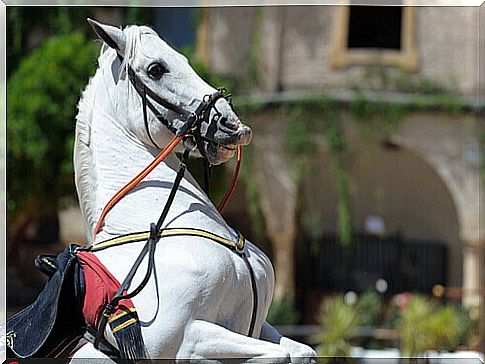
The Andalusian horse is rare. There are fewer than 20,000 of them worldwide. The peculiarities of this animal are strength and elegance. The neck is powerful and arched, the body robust and resistant. The character is similar to that of other war horses.
You must know that between 1500 and 1600 due to wrong crossings the breed risked disappearing; only the examples of the monasteries were saved.
The Andalusian was widely used for military purposes, especially in the cavalry, and was soon introduced in the riding schools of the European courts.
Today it is used in bullfights and on the occasion of local Spanish festivities. He is very skilled in taming and show jumping.
His athletic ability is spectacular and his versatility is unmatched.
The head is perfectly sculpted, has a straight profile. The eyes are lively and deep and the gaze is gentle. The neck is elegant and arched, with a well developed crest of abundant length. It is usually presented with wavy hair and tail.
The back is strong and sturdy. The big legs and flexible joints. Gray color predominates and black is very rare. Other colors include chestnut tones.
Data to remember

Regarding the origins of the Andalusian horse, it must be said that it is one of the oldest breeds. In the region of Andalusia there are rock paintings dating back to 2500 years ago that portray this animal. Although it is not entirely sure about the origin of the breed, experts believe that it is the result of the crossing of native breeds with others from Africa and brought by the Arabs.
Archaeological objects and remains of Romanesque art, 206 BC, depicting the Andalusian horse in all its glory have also been discovered.
The conquistadors brought the Andalusian horse to the Americas. Subsequently, during the Middle Ages, the monks were concerned with breeding this valuable breed.
The French aristocrats were fascinated by these horses. There are portraits of Francis I or Louis XVi depicting the monarchs in the company of Andalusian horses. Even the English nobles succumbed to the charm of this breed. Henry VIII was often portrayed with an Andalusian horse. As we said before, the Andalusian is the “horse of kings”.
We talked about the virtues of the Andalusian horse, but do you know that thanks to its athletic skills it is conquering other countries as well? Especially the United States. In this country the Andalusian participates in taming, jumping and training competitions.
We talked about the virtues of the Andalusian as a war horse. Nowadays he shows his courage at bullfights, when he is forced to fight against a bull.
In the United States, the Andalusian horse is very famous and loved for its learning skills. In fact, it can be trained without particular difficulties.
